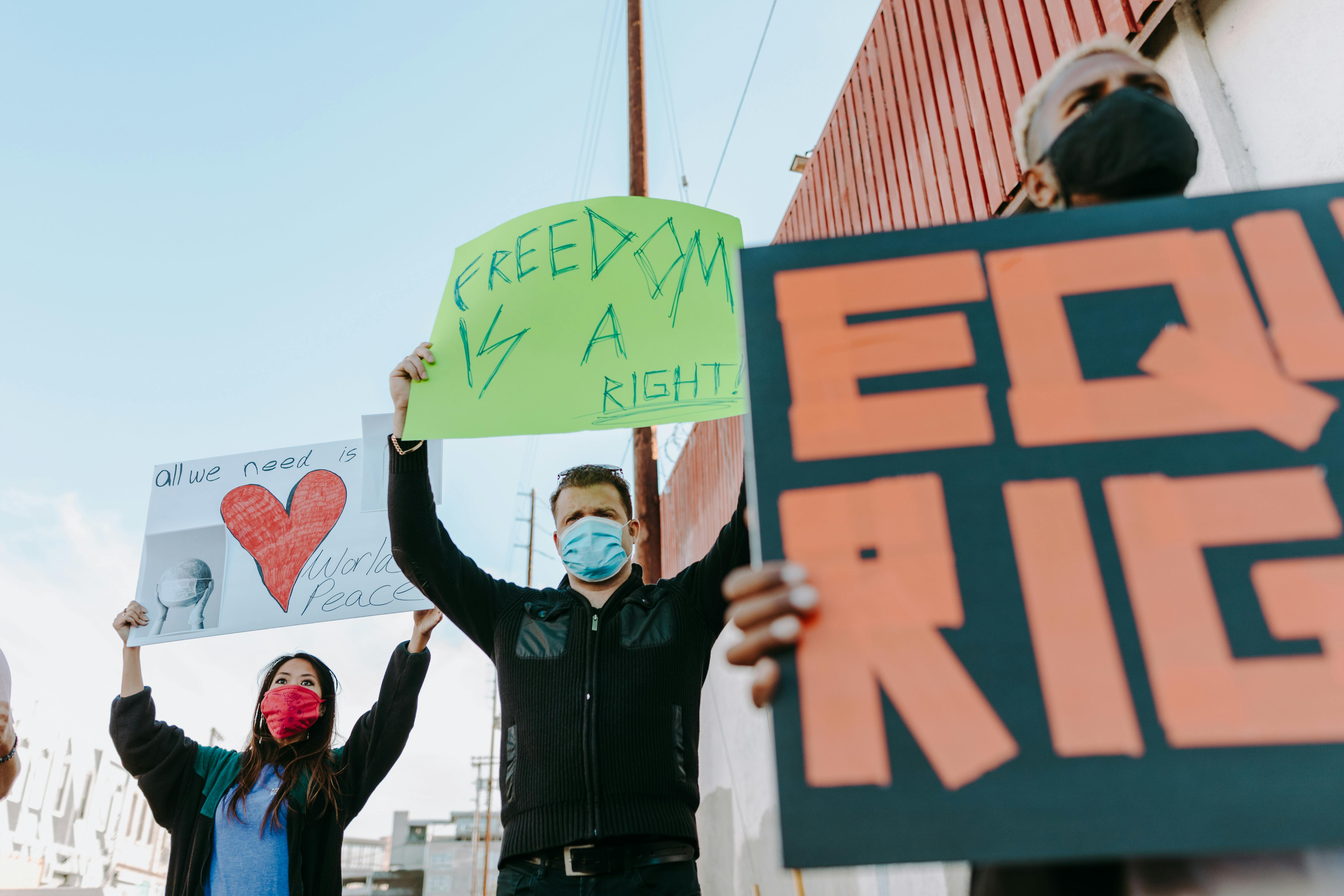After its emergence in 2008, the technology behind the world’s most notorious crypto currency, Bitcoin, remained on the sidelines, attracting attention primarily from startups and the financial services sector. However, it has recently started to get a lot of attention as businesses gradually realized that it could be valuable for many other things besides tracking payments.
In a nutshell, a blockchain is a distributed ledger that classifies transactions into blocks. Each block is chained to the previous one, using sophisticated math, until the first transaction. Entries are permanent, transparent, and searchable, making it possible for community members to view transaction histories in their entirety. Each update constitutes a new “block”, added to the end of the “chain”, a structure that makes it difficult for someone to modify the records at a later stage. The ledger allows information to be recorded and shared between large groups of unrelated companies and all members must collectively validate any updates, which is in everyone’s interest.
To date, much attention and money has been devoted to the financial applications of the technology. An equally promising test case, however, lies in global supply chain relationships, whose complexity and diversity of interests pose exactly the kinds of challenges this technology seeks to address.
A simple application of the blockchain paradigm to the supply chain could be to record the transfer of goods in the ledger, as the transactions would identify the parties involved, as well as the price, date, location, quality and condition of the goods. product and any other. information that would be relevant to supply chain management. The immutable, crypto-based nature of transactions would make it nearly impossible to compromise the ledger.
Now a host of startups and corporations are implementing blockchain to reinvent their global supply chain and run their businesses more efficiently:
1. For Maersk, the world’s largest shipping company, the challenge is not tracking the familiar rectangular shipping containers that sail the world aboard cargo ships. Instead, you’re bypassing the mountains of paperwork associated with each container. A single container may require seals and approvals from up to 30 parties, including customs, tax officials and health authorities, spread over 200 or more interactions. While containers can be loaded onto a ship in minutes, a container can sit in port for days because a piece of paper goes missing while the goods inside spoil. The cost of moving and keeping track of all this paperwork is often equal to the cost of physically moving the container around the world. The system is also riddled with fraud, as valuable bill of lading can be tampered with or copied, allowing criminals to divert cargo or circulate counterfeit products, generating billions of dollars in maritime fraud each year.
Last summer, Maersk sought the cooperation of customs authorities, shippers and the producers that fill the containers. It has started running its first tests of a new digital shipping book with these partners, for shipping lanes between Rotterdam and Newark. After signing a document, customs authorities could immediately upload a copy of it, with a digital signature, so that everyone else involved, including Maersk itself and other government authorities, could see that it was complete. If there were disputes later, everyone could go back to the record and be sure that no one had tampered with it in the meantime. The cryptography involved also makes it difficult to forge virtual signatures.
The second test tracked all the paperwork related to a container of flowers moving from the Port of Mombasa in Kenya to Rotterdam in the Netherlands. As both tests went well, Maersk continued to track containers with pineapples from Colombia and mandarins from California.
2. Like most retailers, Wal-Mart strives to identify and eliminate foods that need to be remembered. When a customer gets sick, it can take weeks to identify the product, the shipment, and the supplier. To remedy this, it announced last year that it would begin using blockchain to record and record the origins of products – crucial data from a single receipt, including suppliers, details about how and where the food was grown, and who inspected it. The database extends the information from the pallet to the individual package.
This gives you the ability to immediately find where a contaminated product came from in minutes instead of days, as well as capture other important attributes to make an informed decision about the food flow.
Wal-Mart has already completed two pilot programs — moving pork from Chinese farms to Chinese stores and producing from Latin America to the United States — and is now confident a final version can be put together in a few years.
3. BHP relies on suppliers at almost every stage of the mining process, contracting with geologists and shipping companies to collect samples and conduct analyzes that drive business decisions involving multiple parties distributed across all continents. Those providers typically track rock and fluid samples and analysis with emails and spreadsheets. A missing file can cause big, expensive headaches, as the samples help the company decide where to drill new wells.
BHP’s solution, which began this year, is to use blockchain to record movements of well rock and fluid samples and better protect the real-time data that is generated during delivery. Decentralized file storage, multi-party data acquisition and immutability, as well as immediate accessibility, are aspects that will improve your supply chain.
BHP has now required its suppliers to use an app to collect live data, with a dashboard and options on what to do that are highly optimized for their respective jobs. A technician taking a sample can attach data like collection time, a lab researcher can add reports, and it’s all immediately visible to everyone with access. No more lost samples or frantic messages. While certain elements of the process remain the same, the new system is expected to drive internal efficiency while allowing BHP to work more effectively with its partners.
For now, in most early implementations, blockchain runs in parallel with existing business systems, often older databases or spreadsheets like Microsoft Excel. The hardest part will be creating new business models. The implementation of blockchain across the enterprise means that companies will often have to scrap their existing business processes and start from scratch. An endeavor not for the faint of heart.


